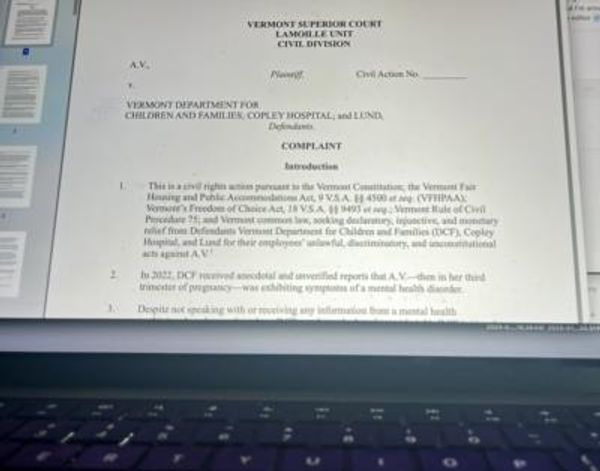
Original Text: If Lin | Translated by Andrew Maxey
Infographic: If Lin, Daniel Kao
Social media information warfare has been a hot topic since the 2016 United States presidential election and the Brexit referendum. More people have taken to researching state-backed information operations to examine the impact of social media on public opinion.
On August 19, Twitter announced the removal of 936 accounts due to their violation of the platform's manipulation policies for spam, coordinated activity, fake accounts, attributed activity, and ban evasion. According to Twitter’s investigation, there is reliable evidence that these accounts were backed by the Chinese government with the intent of influencing public opinion. Twitter indicated that some 200,000 Chinese-backed accounts have already been suspended, and that the 936 terminated accounts among these were the most active.
Twitter has also released the posts and related data from the 936 accounts, giving us an opportunity to peek into the activity patterns of the suspected "Chinese internet army" accounts.
To narrow down our analysis, we used the word “Hong Kong” in English and Chinese as a search keyword to filter the accounts by the content of their posts, and found 74 accounts that mentioned Hong Kong in their posts, beginning in June 2019. We decided to use “Hong Kong” as a search keyword because the events surrounding the anti-extradition movement are the most relevant to the Chinese Communist Party’s interests lately.
Through analyzing the 410,000 posts and comments from the 74 accounts, we have observed the following three behavior patterns of the internet army.
1) Changes in Posting Frequency
The picture below breaks down the frequency of these accounts' tweet activities by month. Each row represents one Twitter account. The black dot marks when the account was created, the blue dots indicate when the account had tweeted that month, and the white space in between shows periods of inactivity.

The diagram shows that among the 74 accounts, some had already been created as early as 2009, while others were not made until this year. A majority of the accounts were dormant for a time and they only started posting again since 2018, whereas some accounts only became active in the past few months.
There was even one account that had only tweeted 10 times between 2009 and 2019, but since April of this year, it has already posted nearly 6,000 tweets.
2) Changes in Language Use
Looking at what language was used in the tweets, we noticed that these accounts had switched between posting languages. The chart below also maps out posting frequencies, but this time the colored dots indicate the different languages used. Blue dots represent English, red represent Chinese, and green represent other languages.

From the data above, it's evident that the accounts had only started to post in Chinese since 2018.
3) Frequently Posting Spammy Content
Even though some accounts had a steady posting frequency in the past year, most of the content was insignificant. For example, an account named Dream News posted rather complete sentences in English between May and July 2019. However, the same account had used an automated programed called IFTTT to post hourly every day from last September until this May. The content was mostly about the date and time of posting, occasionally interspersed with a shared article or two.
Before May 5, 2019, the terminated account Dream News had only been posting in Chinese alone but then made the sudden switch to posting in English that afternoon. Here's a snapshot of some of the posts, which delivered no actual content:

From the patterns above, we can assume the long periods of inactivity and changes in language use imply that these accounts only spring to action for designated tasks, and that they would change their language for different target audiences. Or these accounts had different owners at different times, meaning the accounts might have been bought or stolen.
READ NEXT: Twitter Removes China-Linked Accounts in a Disinformation Crackdown
This article was originally published in Chinese on The News Lens Taiwan Edition.
TNL Editor: Daphne K. Lee (@thenewslensintl)
If you've enjoyed this article and wish to receive more story updates, please be sure to like our Facebook page below.







